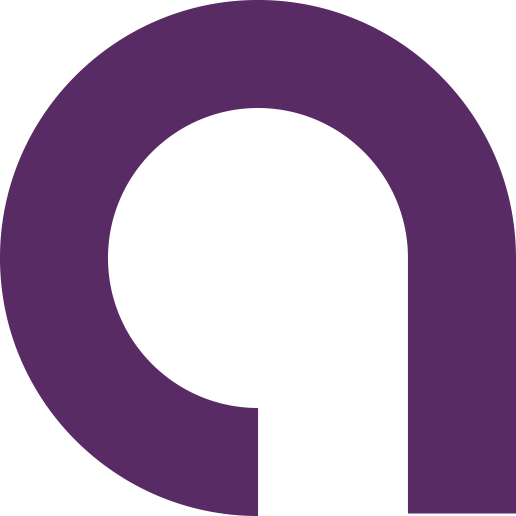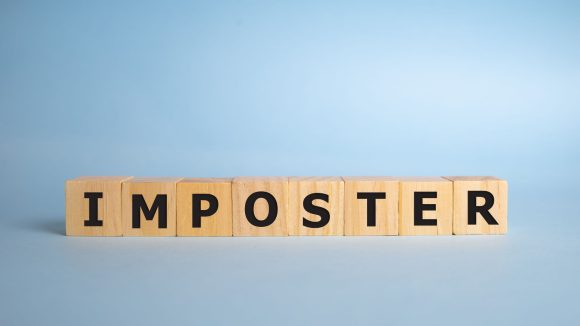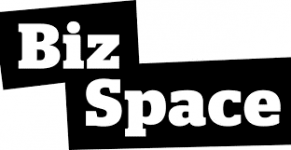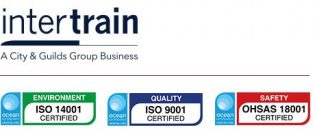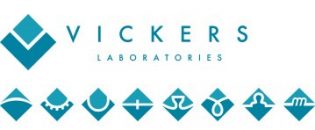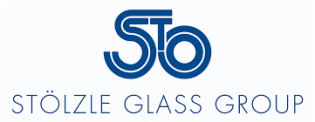Age discrimination remains a persistent barrier in recruitment, especially when it comes to leadership roles. Assumptions about capability, energy, and fit can overshadow actual skills and experience.
Recruiters and hiring managers may unconsciously associate leadership potential with a narrow age range, often favouring candidates who appear to be in the “prime” of their careers. Job descriptions, company culture, and even the language used in interviews can subtly signal who will be considered and who has already been written off.
Ageism affects candidates at both ends of the scale. Assumptions about young people include being unreliable, having short attention spans, and lacking experience and maturity.
Assumptions around older candidates include lack of energy, lack of adaptability, outdated views and resistance to change. There may also be assumptions about retirement plans.
These assumptions can lead to talented candidates being overlooked for training, development, promotion and inclusion in certain projects. This results in a lack of age diversity on leadership teams which means organisations miss out on valuable perspectives and expertise.
While ageism affects both genders, women often face additional discrimination when age bias is compounded by gender bias.
Additional barriers faced by younger women
Younger women are often viewed as “too inexperienced” or “not authoritative enough” to lead (more so than their male counterparts).
This is often compounded by assumptions and stereotypes around “desirable” leadership traits, such as assertiveness, decisiveness and confidence. These traits are typically associated with men, whereas women are often stereotyped as gentle and nurturing.
In addition, while traits such as assertiveness and decisiveness are viewed positively in men, a woman who is confident, decisive and assertive will often be viewed as bossy or arrogant.
As well as facing gender bias, young women will also face assumptions about wanting to have children, leading to doubts about their long-term commitment or availability.
All these factors can result in younger women struggling to get taken seriously, having their ideas dismissed, and having their leadership potential overlooked.
Additional barriers faced by older women
Older women are often seen as “past their prime” for leadership, with assumptions that they lack energy or are out of touch with modern trends. While their male counterparts may be seen as wise and seasoned, older women are more likely to be viewed as outdated and set in their ways.
They are often deemed to be less adaptable or technologically savvy, regardless of their actual skills. This is reinforced by the idea that women are less suited to technical or leadership roles and more suited to administration, care or support roles.
In addition, women who take career breaks to raise children or care for elderly parents often struggle to get back into leadership roles despite having the requisite skills and experience.
Women also face harsher judgement around their physical appearance as they age which can lead to earlier onset of ageism.
All these factors can result in older women being sidelined and overlooked for progression or inclusion in projects. They may also have fewer opportunities for mentorship.
How to break down the barriers
The intersection of age and gender bias means women are more likely to face scepticism about their leadership potential, regardless of age. Having fewer female leaders at both ends of the spectrum leads to a lack of visible role models, which perpetuates the cycle.
That’s why it’s important that organisations recognise the signs of ageism and gender bias in their recruitment process so they can minimise it.
Beware of tokenism
If you’re going to promote women to leadership roles, promote them for the right reasons. Don’t put women in senior positions simply to fill a diversity quota and then ignore their input. If you don’t have any women with the right experience, seek out those with potential and offer them training and development opportunities so they can succeed.
Audit your recruitment practices
Ensure job descriptions and selection criteria are age-neutral and inclusive. Avoid words and phrases such as “energetic” or “digital native” that could suggest you are looking for candidates of a certain age. Be open to interviewing candidates of all ages rather than suggesting roles would suit recent graduates or those with X years of experience in a field. Years of experience isn’t necessarily an indicator of competence.
Highlight and support women leaders of all ages
Be particularly aware of the additional bias women face and advocate for talented women of all ages. Don’t make assumptions about their future plans for starting a family or retiring. If they show leadership qualities, put them forward for relevant projects or opportunities.
Provide bias training and have open conversations
Make sure hiring managers are aware of age and gender biases that may influence their hiring decisions. Provide training and help them challenge their assumptions. Speak to older and younger members of your team and find out whether they ever feel as though they are treated differently because of their age. Work with teams to reduce age discrimination.
Build inclusive leadership pipelines
Be proactive in preparing people within your organisation for leadership, rather than waiting for vacancies to come up. Create leadership training programmes that are open to employees of all ages so you have a diverse pool of talent ready to step up.
Encourage knowledge sharing and collaboration between leaders of different ages. Introduce coaching and mentoring programmes so colleagues can learn from each other and develop their leadership skills.
Developing your leaders with Alternative Partnership
Alternative Partnership offers a range of support for leaders of any gender, age and level of experience.
As well as delivering leadership coaching ourselves, we also deliver ILM accredited Coaching and Mentoring training programmes. Not only do learners improve their skills and knowledge, they also gain a nationally recognised, formal qualification.
Having qualified coaches and mentors within your organisation will help you develop future leaders and attract better candidates to leadership roles.
We also offer ILM-accredited Leadership and Management training programmes.
Find out more about our current ILM courses here or get in touch to discuss how our services could benefit you.
